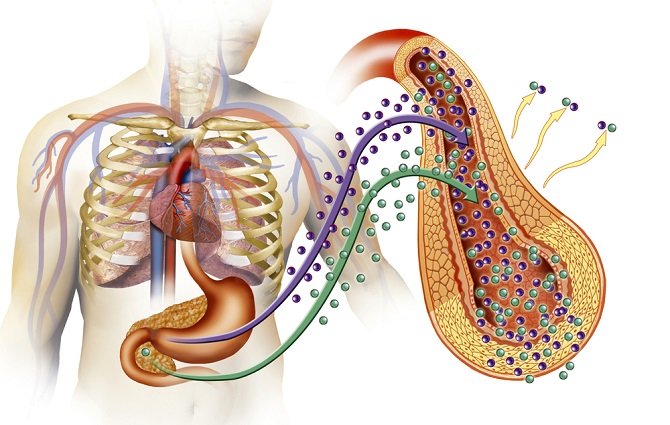What is diabetic ketoacidosis and what are its symptoms?

The DKA is one of the most feared complications of diabetes mellitus, acute serious for its implications in the body that can become lethal.

Diabetes mellitus is a chronic metabolic disease characterized by high levels of glucose in the blood (glycemia). Elevated blood sugar, also called hyperglycemia, is the result of alterations in the production and action of a pancreatic hormone known as insulin. Insulin allows glucose to pass into the tissues, thereby causing blood glucose levels to drop, thus avoiding the repercussions of elevated blood glucose.
Mechanism of production of diabetic ketoacidosis.
The DKA is therefore a state of metabolic stress end to the body, product of insulin deficiency, which leads to increased blood glucose levels, triggering a metabolic degradation pathway of fatty acids (known as lipolysis).
Fatty acids break down into molecules called ketone bodies through a process known as ketogenesis.
The excess of ketone bodies causes the pH of the blood to become acidic, so the body activates compensatory mechanisms to regulate the amount of acid in its interior in order not to damage its organs.
However, if blood glucose levels continue to be high, ketone bodies continue to be generated and the body loses its regulatory capacity to counteract the state of acidity.
When the blood pH drops below 7.35, it is said that there is a metabolic acidosis associated with diabetic ketoacidosis, causing a generalized state of multi-organ failure that puts the patient’s life at risk.
Symptoms of diabetic ketoacidosis.
In general, diabetic ketoacidosis develops rapidly, within a few hours to a day. The appearance of an increase in the frequency of urination (polyuria), accompanied by excess fluid intake (polydipsia) along with vomiting and moderate or severe dehydration is typical.
In the case of continuing its course, diabetic ketoacidosis will generate alterations in the state of consciousness, with disorientation, decreased responsiveness and reaction, seizures and even coma.
In summary, the symptoms of diabetic ketoacidosis are:
- Polyphagia (increased food intake).
- Weight loss (secondary to the alteration in glucose metabolism).
- Nausea and vomiting.
- Asthenia (weakness).
- Altered mental state (confusion, lethargy, drowsiness, stupor, coma, depending on the severity of the acidosis).
- Ketone breath (characteristic apple odor).
- Kussmaul’s breathing (deep hyperventilation secondary to a physiological compensatory effect of acidosis).
Risk factors for diabetic ketoacidosis.
It is possible that the diabetic ketoacidosis can be seen in the various presentations of diabetes:
Type I, II and gestational mellitus, being even the first clinical manifestation that allows making the diagnosis of type I diabetes, which in these cases may represent a greater risk to life if it is not prepared and timely medical attention is available.
There are factors that can be associated with the patient’s clinical symptoms, most of them being direct generators of diabetic ketoacidosis.
These risk factors include mostly respiratory or urinary infections (although they can be the result of another type of infection), which generate greater difficulty in metabolizing glucose and raise its blood levels, regardless of whether it is being met at the foot of the letter hypoglycemic treatment and insulin.
Other important factors to mention include: irregular treatment due to the omission of some doses or the use of doses below the therapeutic ranges of insulin or hypoglycemic agents, abuse of processed foods, the use of drugs or alcohol, major trauma, prolonged fasting times, surgeries or any stressor.
The DKA, is a common complication of severe diabetes mellitus with a significant level of mortality but diagnosed early, and the prescribed treatment is performed. That is why the general recommendation is based on recognizing the aforementioned symptoms in a timely manner and consulting your treating physician to receive the most appropriate indications to follow, depending on your particular case.

